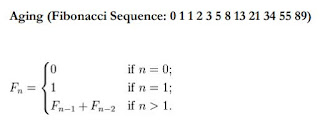Counting on a December morning by JoAnne Growney
one chickadee, one squirrel
my own two feet left-right left-right on the soft track
around the soccer field three blocks from my home
sparkling bright against grey sky five crows alight
in the lacy spread of fractal branches of eight bare locust trees
when I am early morning’s first human to arrive at Shepherd Park
when I am first and the wind is gentle and the temperature
is not bitter cold
dozens of robins hop and flutter near me
as I plod some thirteen laps
smiling, maybe losing count
and loving my Fibonacci world





